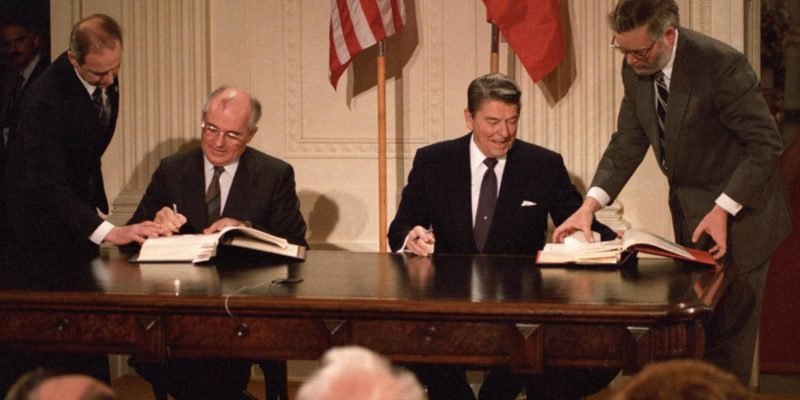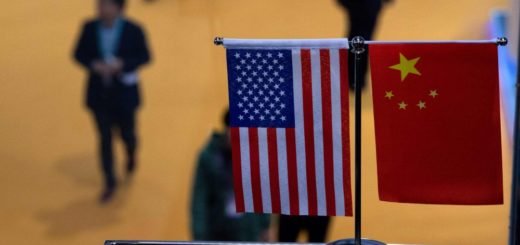Nuclear Proliferation: No Tears for the INF Treaty

The US formally withdrew from the Intermediate-Range Nuclear Forces (INF) Treaty on August 2, 2019, when Russia declined to scrap a new cruise missile which Washington claimed violated the treaty. The INF treaty, negotiated near the end of the Cold War, banned nuclear weapons between the ranges of 500-5,500 kilometres.
Critics in the US had also attacked the treaty was that, though it constrained the US and Russian forces worldwide, it did not apply to China which had begun deploying ever larger numbers of missiles in the Western Pacific. Over 90 per cent of China’s ballistic and cruise missiles are in the intermediate range. President Donald Trump said he had proposed to China that it be part of a new, trilateral INF Treaty negotiations. Beijing has not shown any interest in the offer. The Pentagon chief announced the US would be deploying intermediate-range missiles in Asia “sooner than later”.
Technologically, the development and widespread use of long-range conventional cruise missiles across the world, like the Tomahawk and the Brahmos, has made intermediate-range nuclear missiles increasingly irrelevant in the view of many experts. Trump’s National Security Advisor John Bolton, among the INF Treaty’s strongest critics, argued it was a “bilateral treaty in a multipolar ballistic missile world”.
Two recent developments showcased further shifts in missile deployment. One, a nuclear explosion in Russia that killed five scientists seems to be linked to Moscow’s attempts to design a nuclear-powered missile, a propulsion system that would give a missile an extraordinary long-range. Two, the most recent missiles tested by North Korea and fired above Japan seemed to have irregular trajectories making them largely impervious to conventional missile defences.
-Via Pramit Pal Chaudhary Pramit Pal Chaudhuri, Distinguished Fellow, Ananta Aspen Centre


















